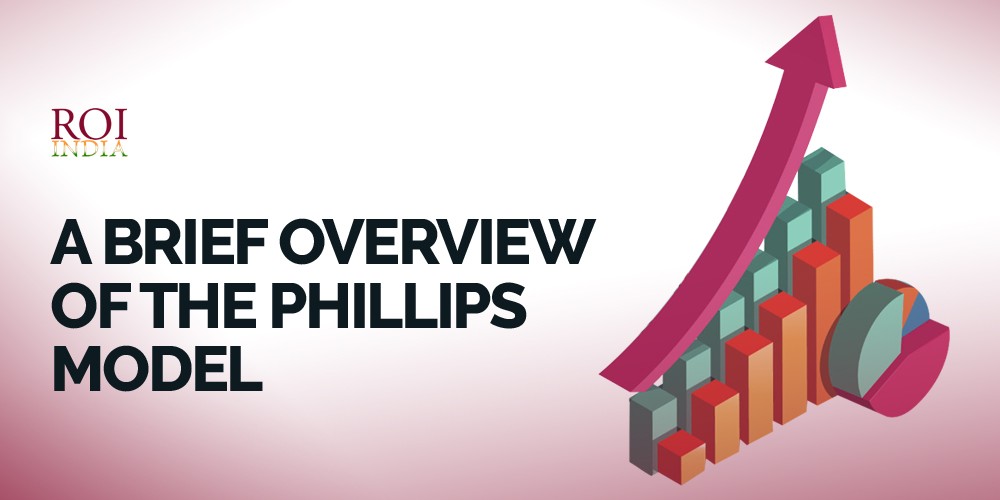A Brief Overview Of The Phillips Model
Phillips ROI Model is one of the best ways of evaluating training effectiveness. This is why we thought to present a complete Philips ROI Model evaluation for the beginners.
We’ll show you details about the Phillips model, its benefits and explain how you should apply it.
In 1980 Jack Phillips published his book about training evaluation there he build up Kirkpatrick’s work and addressed several of its shortcomings. This approach came to be known as the Phillips ROI Model.
The Phillips Model suggests measuring data at 6 different levels
0–Input
Input into programs, including indicators representing scope, volumes, times, costs, and efficiencies. In this step you have to create measures related to the type of programs, number of programs, number of people involved in the project or the program, hours of involvement, and the costs.
1–Reaction and Planned Action
Reaction to the programs, including participants’ perceived value and planned action to make them successful. In this step, you need to gauge the relevance, importance, usefulness, appropriateness of the project, or the program to your business. Think about questions about whether people will benefit from the training session, or will they find the training motivating. Determine the intent of use and also set data regarding how often will they recommend it to others.
2–Learning
The level measures knowledge and skills gained, including learning. In this step, you can develop concepts and how to use skills and competencies to drive program success.
3–Application and Implementation
This level is all about using the learnings and apply them to your programs or project. Use all the knowledge, skills, and competencies, including progress for project success.
4–Impact
In the Phillips ROI model, the impact of the training/ helps determine to identify whether factors responsible for delivering the outcomes. The complete process is expressed as an improvement in business measures directly linked to the program or project. It allows you to see whether factors such as sales data, productivity, revenue, quality, efficiency, incidents of disease, retention, customer satisfaction, or supply issues were responsible for changes in performance metrics.
5–ROI
This level is a comparison of monetary benefits from the program to program costs. It uses cost-benefit analysis to determine the value of programs and projects. As a business owner or a program initiator, you can measure whether the money they invested in the training has produced measurable returns, and if it has how much.
The ROI Logic Model also includes the option of result Optimization
Tell The story: Communicate the results to stakeholders: If you become successful with the measure that you have included in your program you can create a detailed case study and share it with the stakeholders. You need to properly identify the audiences and provide appropriate information. Report the results using the five levels of outcome data to tell the story.
Optimize Results: Use the Black box thinking: Black box thinking becomes useful to increase the funding. This step helps in analyzing the data to identify factors that will enhance future program results and use.
How do we look at pre-program, during the program, and after the program?
Evaluate Performance Before Training/ Program
Evaluation before the training is necessary. Start with WHY? Figure out the objective at each level for the needs analysis. Make it feasible to eliminate the options that do not work and select the correct solutions. A pre-training evaluation lets you know which areas should be prioritized in your training session, program, or services. You can understand the requirements of your program, and also the attitudes or behaviors of the target audience and target market before training begins.
Evaluate During Training/ Program
Just like the pre-program evaluation is important, and ongoing program evaluation is also necessary to measure the training effectiveness. For example, If you are holding a training program for suppose 3 hours you can measure the learner engagement through discussion forums. You can hold a question-answer session for suppose 10 min after the end of the session maybe after an hour to understand the involvement of the participants.
If you notice any negative impact you can immediately incorporate effects to make it interesting and more impactful. An ongoing program evaluation helps stakeholders and trainers to identify participation issues and resolve them before training is finished.
Evaluate After Training/Program
The post-training evaluation involves the use of self-report surveys, observation through data collection, competency assessments, and quizzes to measure the performance of the training programs.
If the overall performance is good, then follow the steps for your future projects. It is satisfying to figure out ways to improve it. And if the improvement is too small, work on the shortcoming s and create more effective planning for your next project.
The ROI Philips model is a systematic logical framework to help you establish a direct business connection and become successful in your projects and programs.
ROI Institute® India helps organizations measure the success of projects and programs and maximize their financial Return On Investment (ROI). For more information related to ROI Methodology keep following our blogs.









